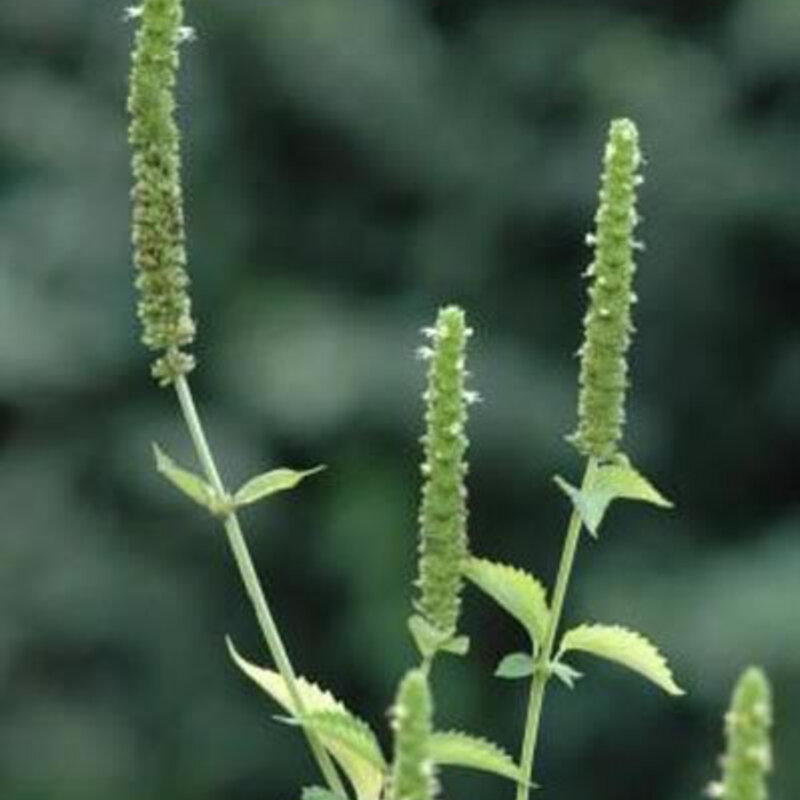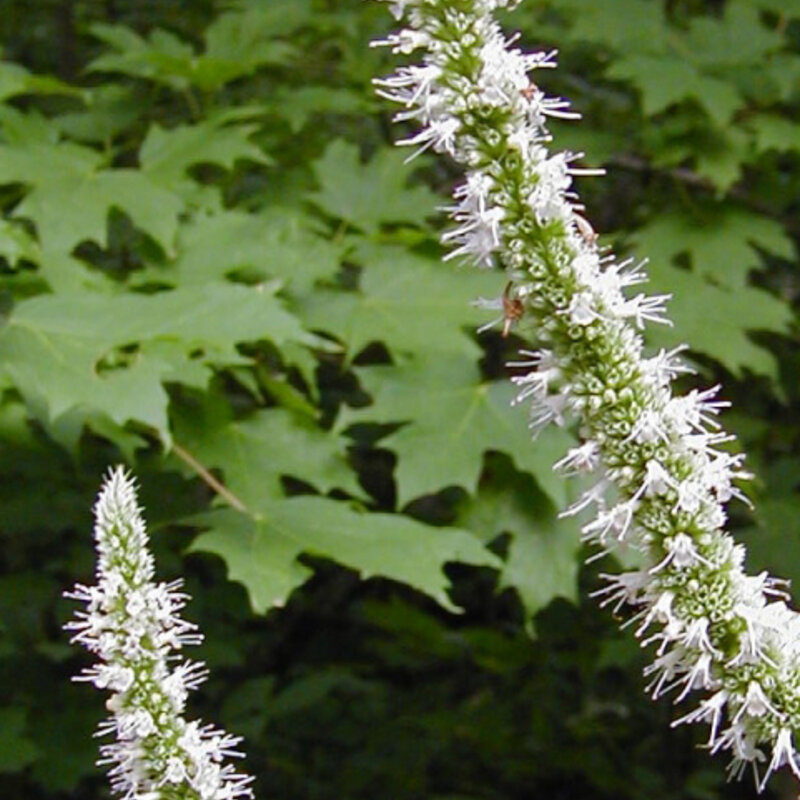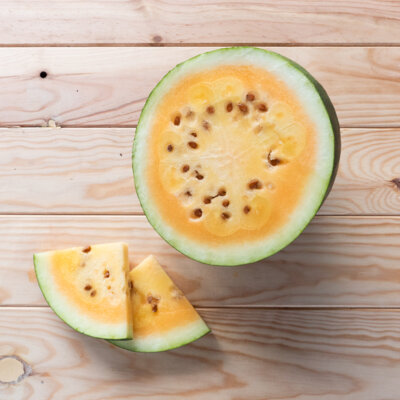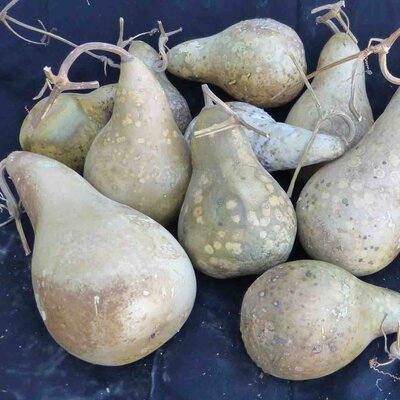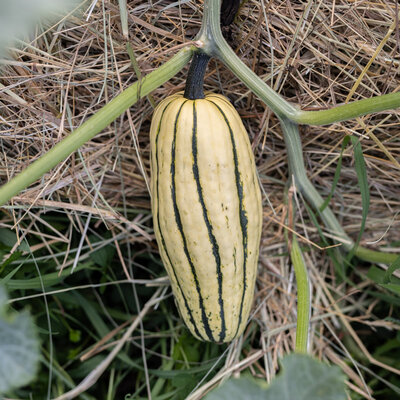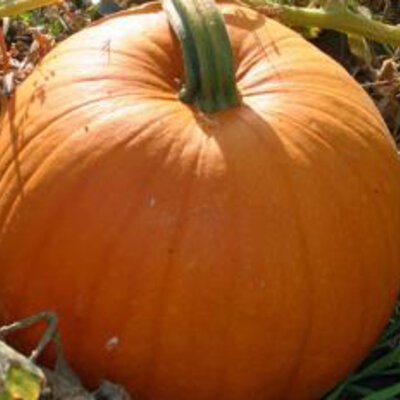Agastache Faux-Népéta
This species produces dense, white-yellow flower spikes and aromatic foliage. It is also known as "Giant Yellow Hyssop" in the USA. The name Agastache comes from the Greek aga, meaning "abundance", and stachys, meaning "ear".
Find out more on the Kokopelli blog: "Agastaches to treat malaria, depression, cancer, hepatitis...".
These products may also be of interest to you
in bucket
Sow on the surface, in pots or trays, under a well-lit shelter. Press lightly and keep moist. Germination takes a long time, requiring a period of 1 to 3 weeks at a temperature of around 20°C. Re-pot seedlings at the 2 to 4-leaf stage in individual cups. Transplant seedlings in the open ground after the last frosts, 50 cm apart in all directions.
March, April, May
June, July, August, September
in the ground, in pot
sunny, semi-shade
low
all floor types
fees, light, drained
Agastache nepetoides
mid-season
200 seeds
Yellow
fragrance, edible
From 200 to 250 cm
pointed
North America
The 22 species of the Agastache genus contain mainly terpenoids and phenylpropanoids. Sylwia Zielinska and Adam Matkowski have highlighted their anti-viral, anti-microbial, anti-mutagenic, anti-cancer, anti-inflammatory, anti-nociceptive, anti-atherogenic and antioxidant medicinal properties. The Native American peoples of the USA used it, in combination with other plants, to relieve burns caused by poison ivy. The essential oil of this agastache has also been the subject of research into the fungicidal properties of these plants.



